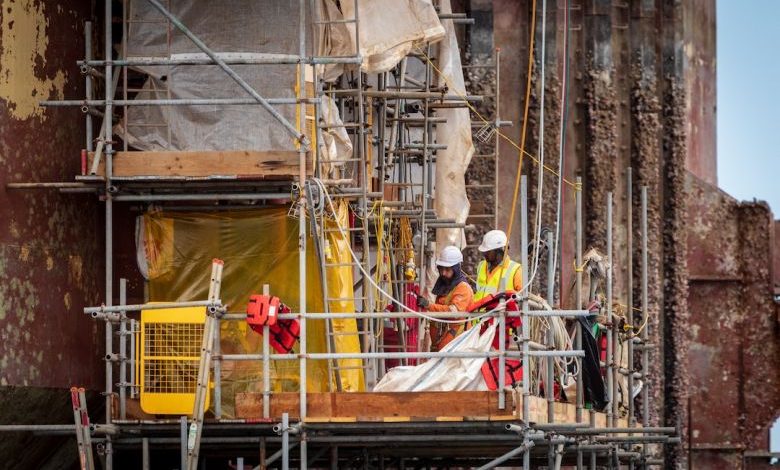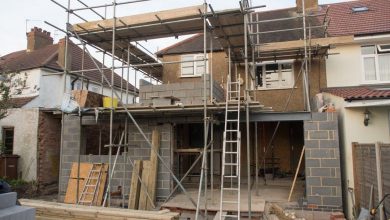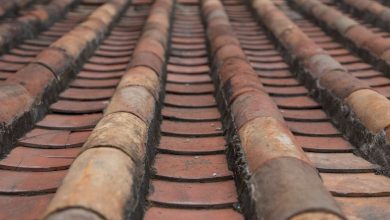How Can I Reduce Waste during Home Construction?

Home construction is an exciting and important process, but it can also generate a significant amount of waste. From excess materials to packaging waste, construction projects can have a negative impact on the environment. However, there are several steps you can take to reduce waste during home construction and minimize your ecological footprint. In this article, we will explore some practical strategies for waste reduction and sustainable construction practices.
Planning and Design
The first step in reducing waste during home construction starts with thorough planning and design. By carefully considering your needs and preferences, you can prevent unnecessary waste from the start. Here are a few key strategies to keep in mind:
1. Right-sizing: Opt for a home size that meets your needs without excessive space. This will help reduce the amount of construction materials required and minimize waste.
2. Modular construction: Consider using prefabricated or modular construction methods. These systems allow for precise measurements and minimize material waste.
3. Material selection: Choose environmentally friendly materials that are durable, recyclable, and made from sustainable sources. This includes using reclaimed wood, recycled concrete, and low VOC (volatile organic compound) paints.
4. Design for flexibility: Plan for future adaptability. By designing spaces that can be easily repurposed or modified, you can reduce the need for major renovations down the line.
Construction Practices
Once the planning and design phase is complete, it’s time to focus on implementing waste reduction strategies during construction. Here are some practical steps you can take:
1. Precise measurements: Accurate measurements prevent over-ordering materials and help reduce waste. Work closely with your contractor or builder to ensure proper estimation and minimize excess.
2. Salvaging and recycling: During the demolition phase, salvage and recycle materials whenever possible. Reusable items such as doors, windows, and fixtures can be donated or sold, reducing waste and benefiting others.
3. On-site sorting: Set up designated areas for different types of waste, such as wood, metal, and plastic. This makes it easier to separate and recycle materials, reducing the amount of waste sent to landfills.
4. Waste management plan: Develop a comprehensive waste management plan that outlines how waste will be handled throughout the construction process. This includes proper disposal of hazardous materials and regular waste removal.
5. Lean construction techniques: Implement lean construction principles, which focus on maximizing efficiency and minimizing waste. This includes reducing excess inventory, optimizing workflow, and improving communication between team members.
6. Packaging reduction: Encourage suppliers to minimize excessive packaging. By requesting materials to be delivered in bulk or reusable containers, you can significantly reduce packaging waste.
7. Energy-efficient practices: Incorporate energy-efficient techniques into the construction process. This includes installing energy-efficient appliances, insulation, and lighting systems. By reducing energy consumption, you contribute to a greener construction process.
Post-Construction Waste Reduction
Even after the construction is complete, there are still opportunities to reduce waste. Here are some tips for post-construction waste reduction:
1. Recycling and repurposing: Donate or recycle any leftover construction materials, such as wood scraps, metal, or cardboard. These materials can often be repurposed for other projects or used by local community organizations.
2. Composting: If your construction project generates organic waste, consider composting it instead of sending it to the landfill. Composting not only reduces waste but also produces nutrient-rich soil for gardening.
3. Energy-efficient appliances and fixtures: Install energy-efficient appliances and fixtures in your new home. This will not only reduce your energy consumption but also save you money on utility bills.
4. Water-saving measures: Implement water-saving measures, such as low-flow toilets and faucets, to conserve water and reduce your environmental impact.
In conclusion, reducing waste during home construction is not only beneficial for the environment but also for your budget. By incorporating sustainable practices and waste reduction strategies into the planning, design, and construction phases, you can minimize your ecological footprint and contribute to a greener future. With careful planning, precise measurements, and responsible waste management, you can make a positive impact on the environment while creating your dream home.




